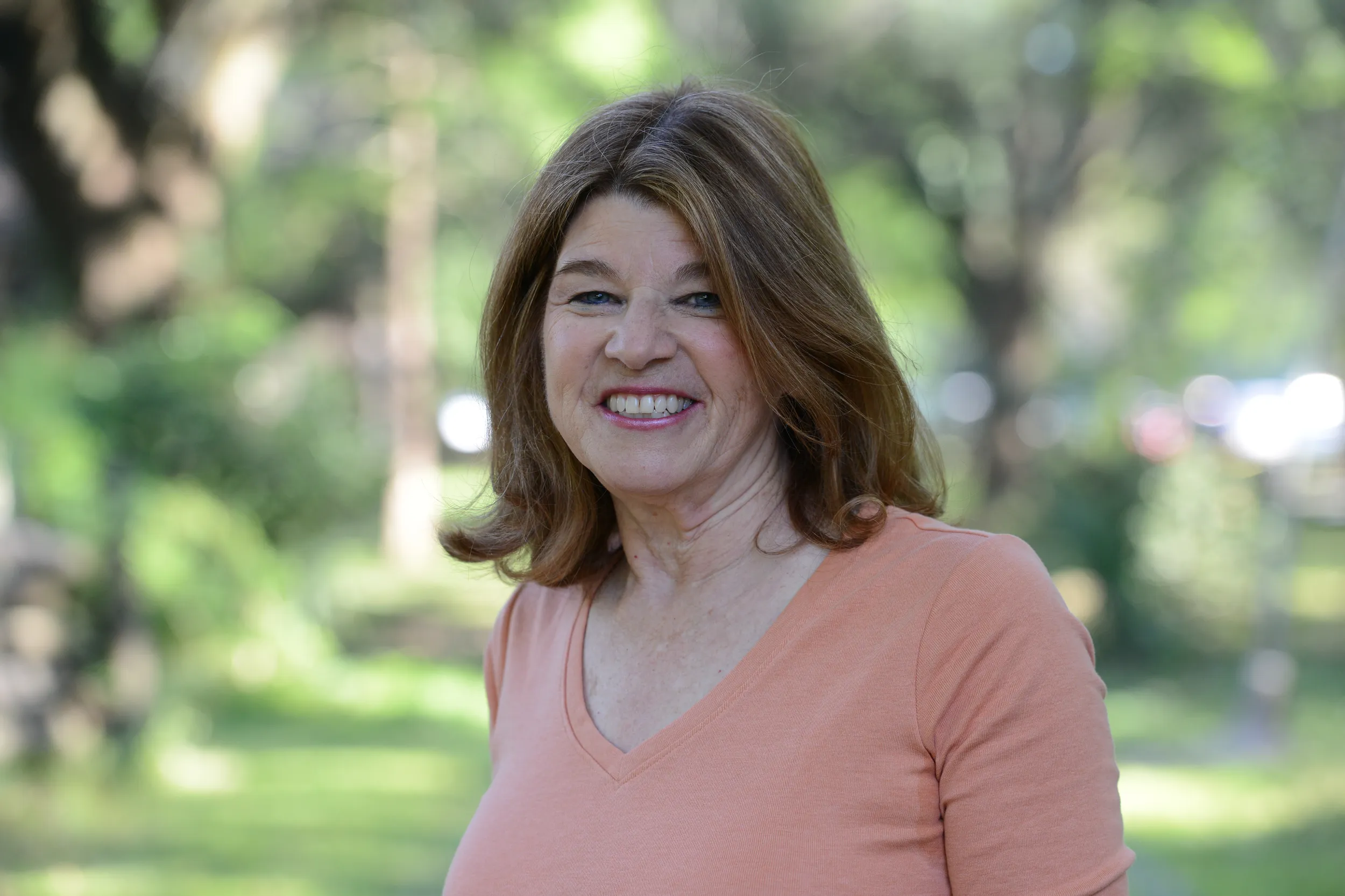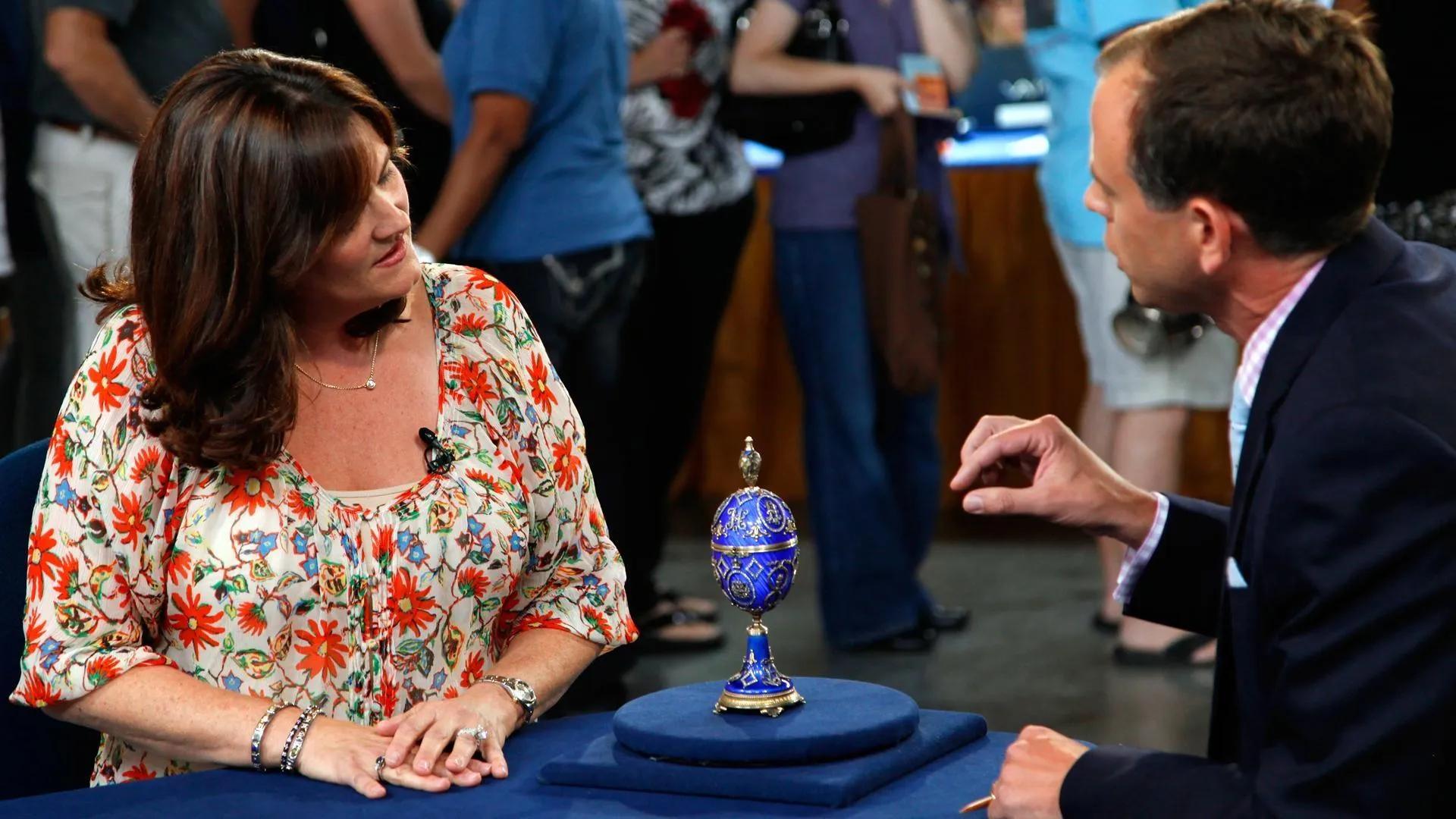GUEST: My great-uncle was my grandfather's younger brother. His name was George Napoleon Rucker. All the Rucker boys played baseball, and the story is that Nap learned to pitch by taking a correspondence course-- reading a book, really.
APPRAISER: Really?
GUEST: Yes, somehow...
APPRAISER: He read a book, how to pitch.
GUEST: How to do a slow pitch. I don't really know what age he did that, exactly, but of course he ended up in the minor leagues and finally ended up with his first major league team, which ended up being the Brooklyn team.
APPRAISER: And did he have a roommate?
GUEST: He had a roommate, yes, Ty Cobb was his roommate, and I think it's a good thing probably that Nap was a gentleman, because he had to give in many times, I think, to Ty's demands. I know the famous story is they came home from either a game or a practice, I don't know which, Nap happened to get to the boarding house first, and proceeded to take his bath, and Ty came in later and found Nap in the bathtub, furiously ordered him out, saying, "No, I'm first, "I'm always first. Nobody takes a bath or does anything before me." So, if they got along, we’ll think it's because Nap was the gentleman who gave in, I guess.
APPRAISER: Well, of course, Ty Cobb went on to be a Major League Hall of Famer.
GUEST: Right.
APPRAISER: But little do we know that he was always a diva. Not so much the Georgia Peach.
GUEST: Right, right. A lot of spikes in the air, I understand.
APPRAISER: Exactly, so Ty made it up to the major leagues with the Detroit Tigers in 1905. What happened to Nap?
GUEST: Well, Nap came to the Brooklyn team in 1907. That's the first I know about it, and in fact, we have photographs of when he came... arrived at the train station in New York City and took a hackney cab, so I'm sure it must have been very exciting for a kid from Georgia to be on the train going to New York City to play ball.
APPRAISER: And you knew him.
GUEST: Oh, yes, I knew him. A very quaint, old, good-hearted Southern gentleman was really what he was like.
APPRAISER: What I knew about Nap was that he was a printer's apprentice, and one day, he was putting the typeset together, and he saw the headline, "$10,000 for pitching a baseball."
GUEST: Oh, wow.
APPRAISER: Well, that would draw any boy potentially wanting to become a major leaguer. And supposedly, that's how he got to try out for the Augusta Tourists in 1904 and 1905. This is the beginning; it’s the rookie year of your great-uncle's career where he had this span of five or six fabulous years as a fastball pitcher. Now, it's been thought that he was one of the first knuckleball pitchers, because he hurt his arm and had to start pitching a knuckleball.
GUEST: This is ringing a bell, now that you say that. I remember my father talking about Nap and the knuckleball.
APPRAISER: Rare early photo, bad team, but some great players on it. And this, of course, is Charlie Ebbets, who Ebbets Field was named after. He was the owner of the team, and that's why he's sitting there in the front row. Value-wise, I would put an auction estimate of this at $4,000 to $6,000. Okay?
GUEST: Wow.
APPRAISER: Now, if it was in better condition, it probably could be $10,000 to $15,000.
GUEST: I am blown away. Oh, good, he's getting some recognition. (Laughs) That's just really exciting. My family will be really pleased with that.











